Layer conceptualises a next-gen AI-powered device: introducing the PiA
PiA, the Personal Intelligent Assistant, is a conceptual vision of how AI might evolve to dovetail with familiar devices and form factors
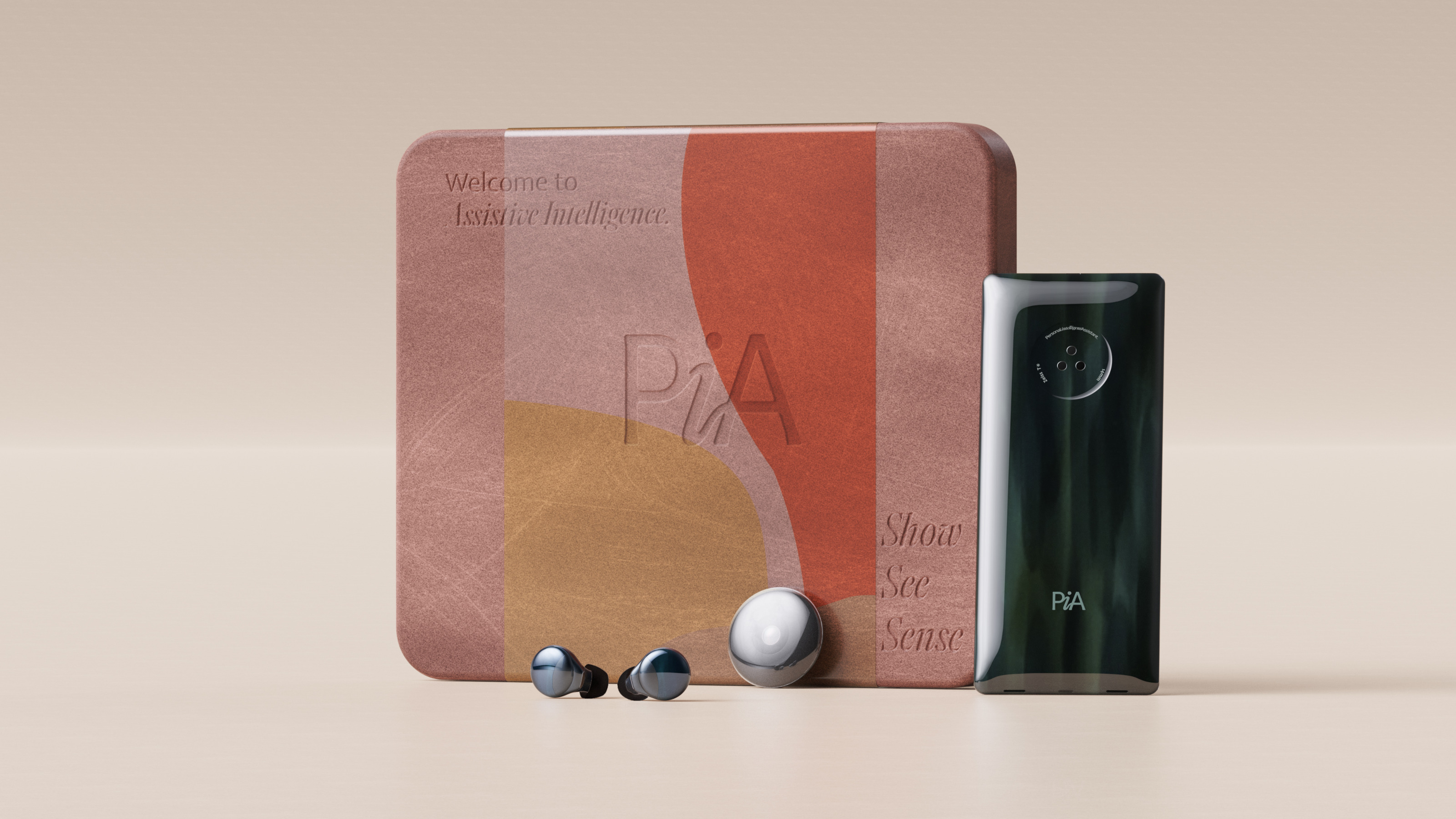
Where are we really at with personal, pocketable AI devices? The lukewarm market reception to recent gadgets like the Rabbit and the Humane AI pin imply that consumers aren’t quite ready for a standalone AI-enabled device. We’re all too tethered to our phones and earbuds, and the offerings from Apple, Samsung, Google and OpenAI (amongst many others) all use this existing tech infrastructure to deliver their intelligent agents.
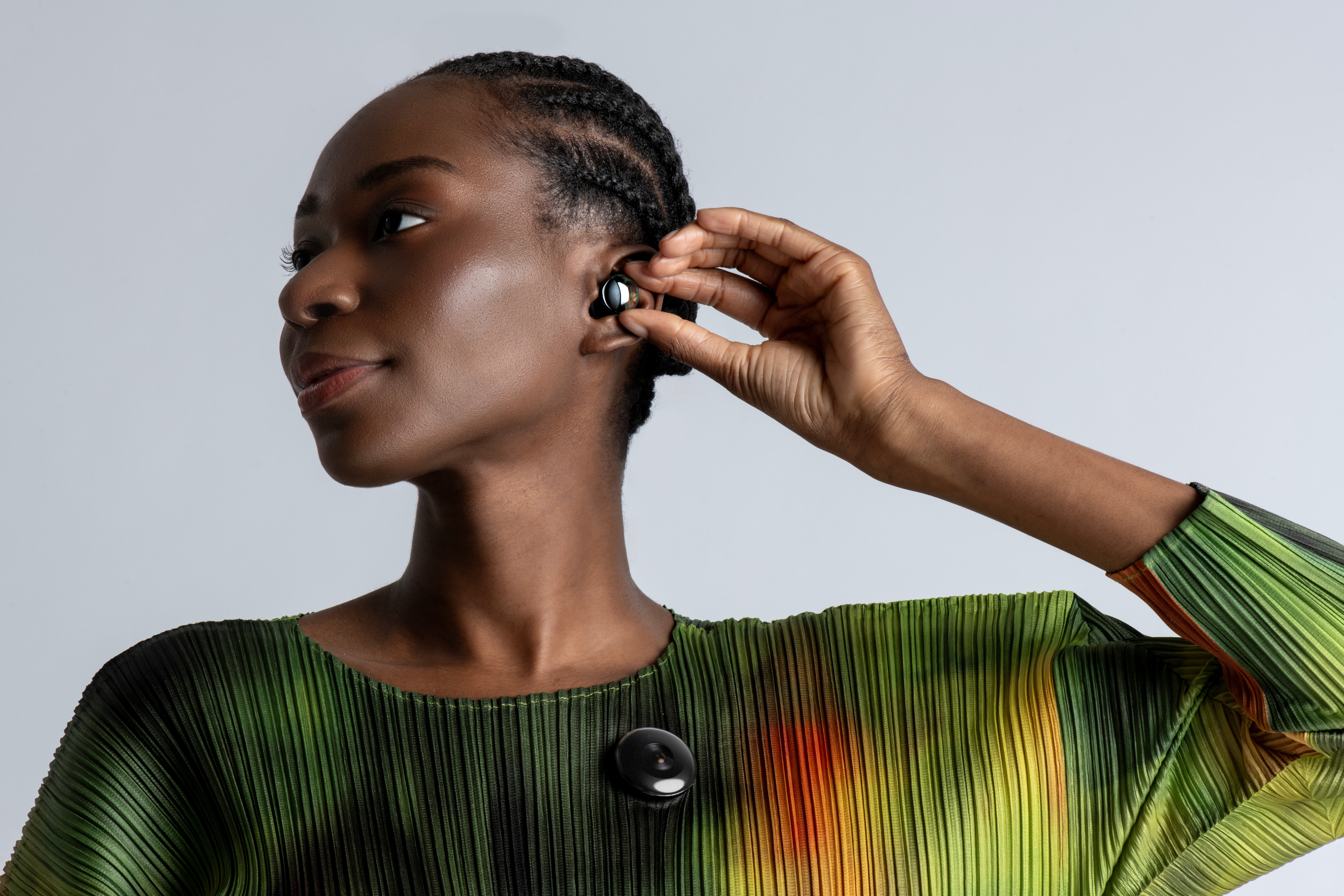
PiA consists of biometric earbuds, a camera module and a smartphone
The PiA system hedges its bets by spreading its proposed AI assistance across three ‘near future’ devices, a biometric earbud, a wearable camera module and a smartphone. These are designed not only to harmonise visually with each other but also for the camera unit to dock with the phone. Produced in collaboration with model makers Complete Fabrication, the system uses crafted recycled glass as a primary material, creating richly textured surfaces that are a world away from the monolithic design of most contemporary mobiles.
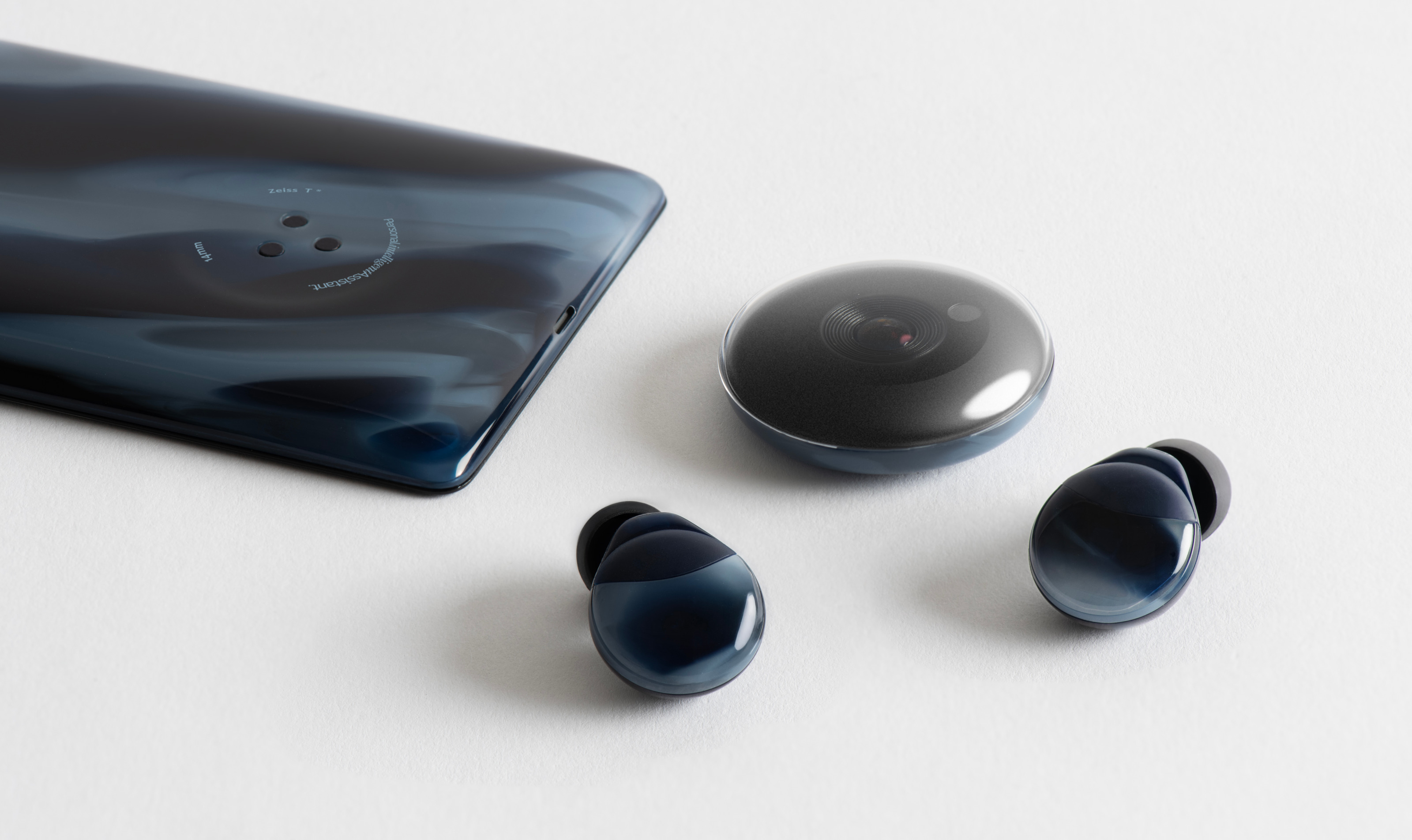
The camera module docks with the back of the smartphone
According to Layer’s founder, Benjamin Hubert, ‘PiA was born from a desire to bring emotion to artificial intelligence. In a world where AI is often feared, we believe that fear is rooted in its “artificial” label. Our mission was to make it more human.’ Dialling back the complexity, Hubert hopes the system showcases a more connected, assistive AI, one that brings together Layer’s expertise in branding, digital innovation and traditional product design.
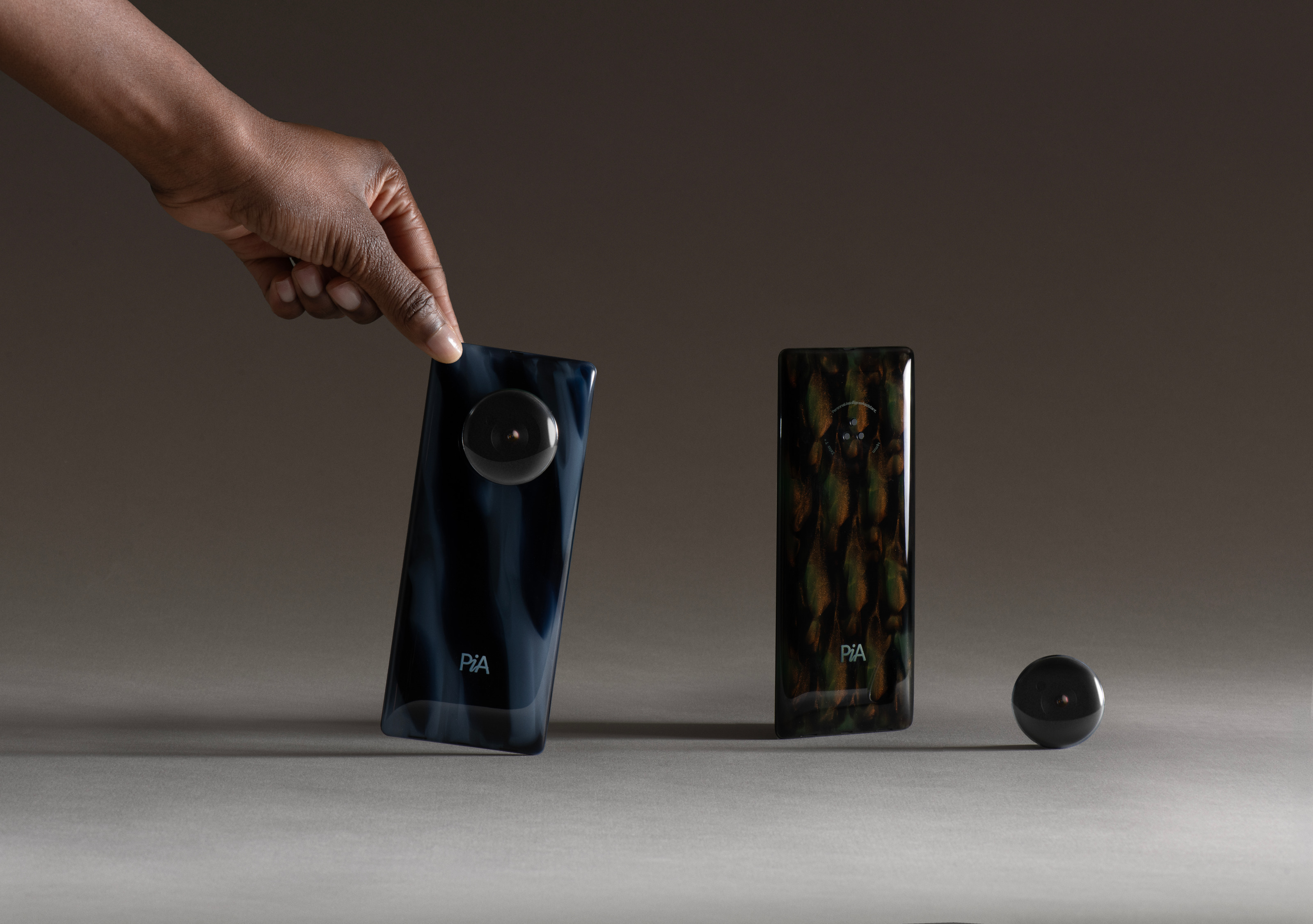
PiA, the Personal Intelligent Assistant
At the heart of PiA is a visual avatar, rather than a conventional mobile operating system. The intention is to move away from existing ways of interacting with AIs and create a sophisticated system that can ‘see’ and ‘hear’ as well decode text and imagery. ‘By capturing the user’s environment and biometric information, PiA is able to offer continuously updated, bespoke advice and contextual information, enhancing every aspect of a user’s life,’ the design team explains. On top of that, there’s a focus on a visual display of emotion, all the better to create a bond between the user and device.
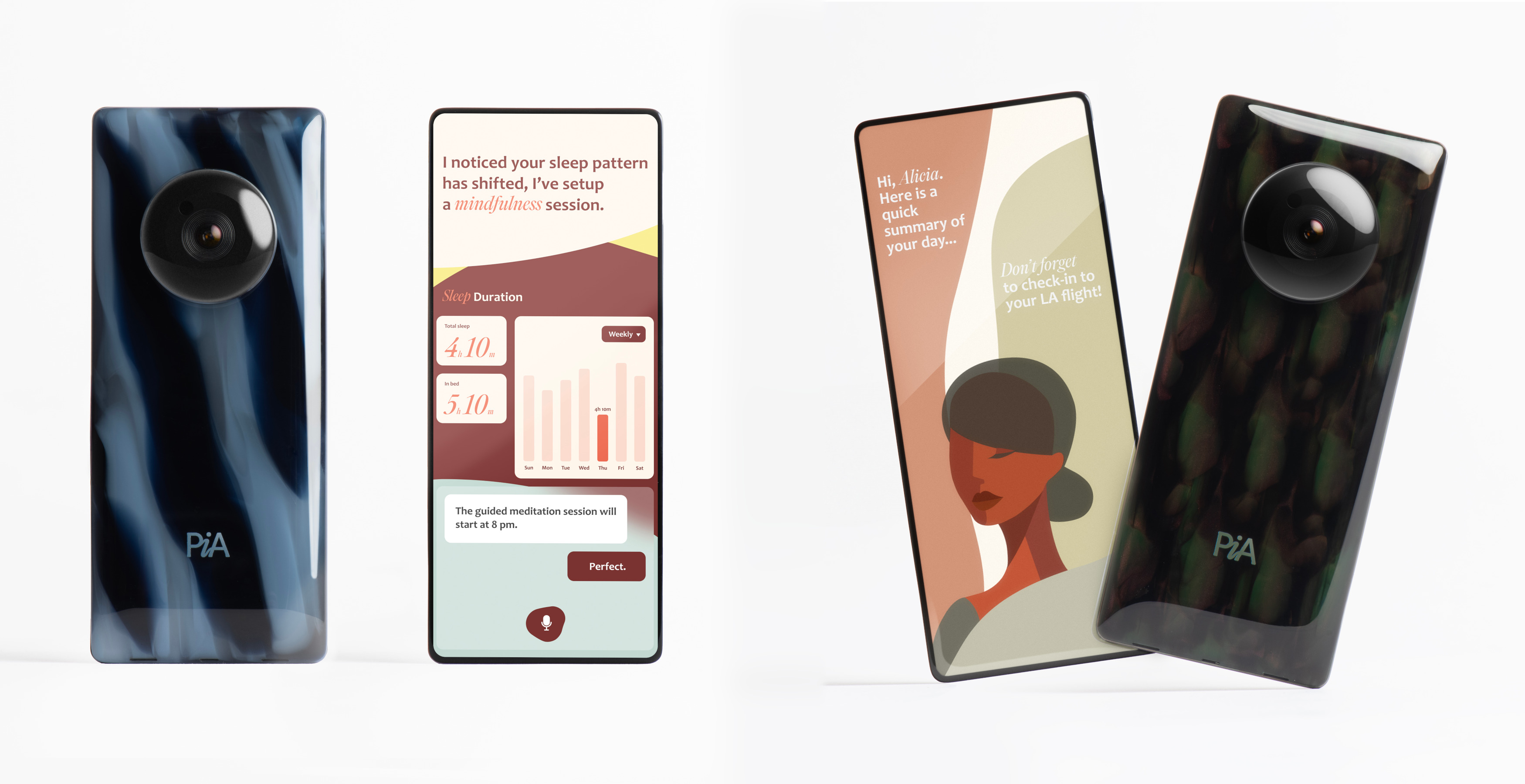
Sample OS screens from PiA
By separating the camera module (and additional battery module) from the main body of the smartphone, the device can be ultra-slim and less physically distracting than a conventional phone. It is paired with biometric earbuds, which contain sensors that tap into the pulse point on the inner ear, providing all the metrics we’d usually associate with a smart watch. Then there’s the camera model, which follows the Humane/Rabbit approach of a pinnable badge that can decode the world around you.
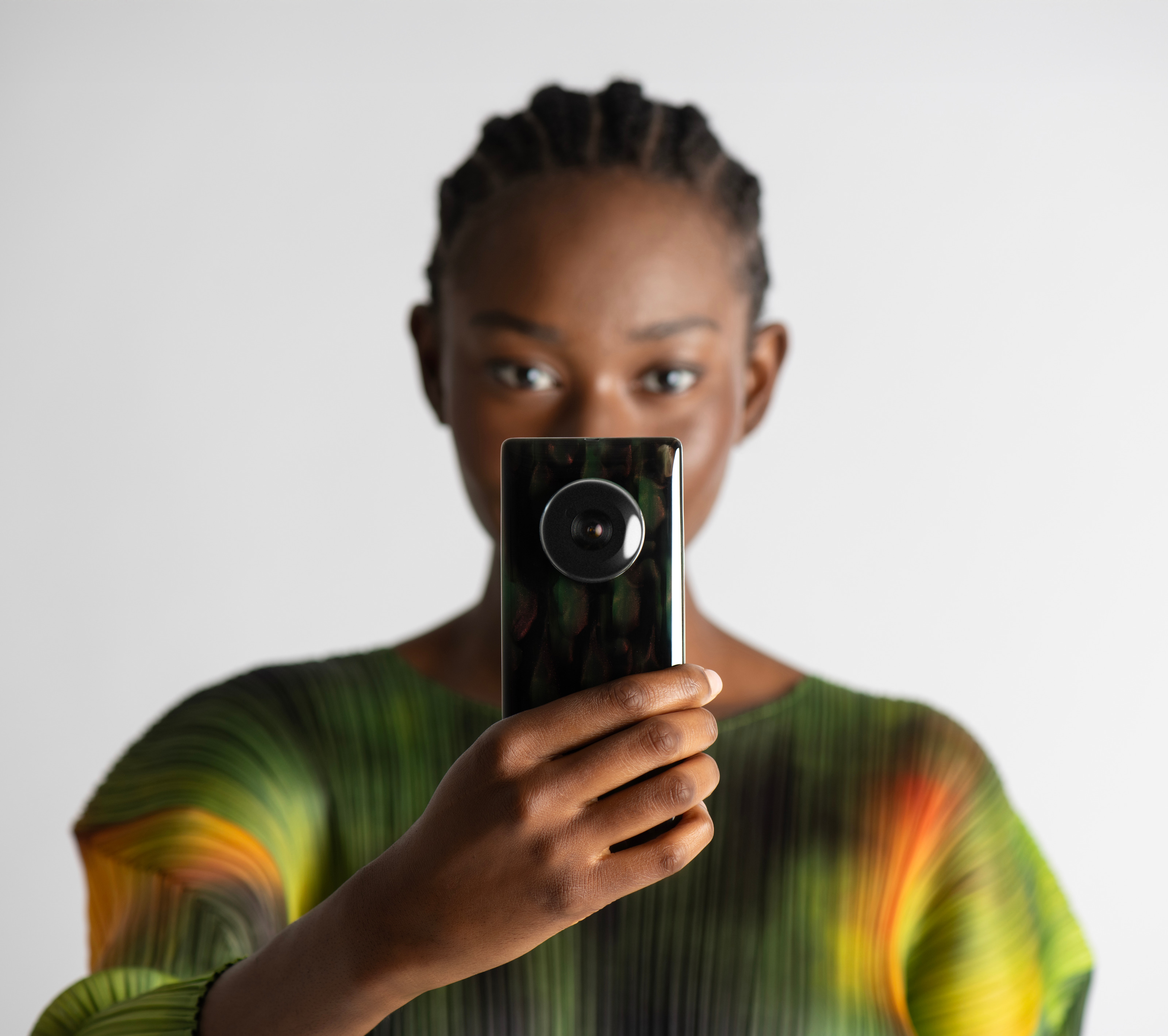
The PiA system by Layer
All this is speculative, but it points to what is surely coming as smartphone makers like Google, Apple and Samsung increasingly package each new model in with ever tighter AI integration. Within the next couple of years, you can expect the premium manufacturers to create hybrid devices that take greater advantage of the AI revolution.
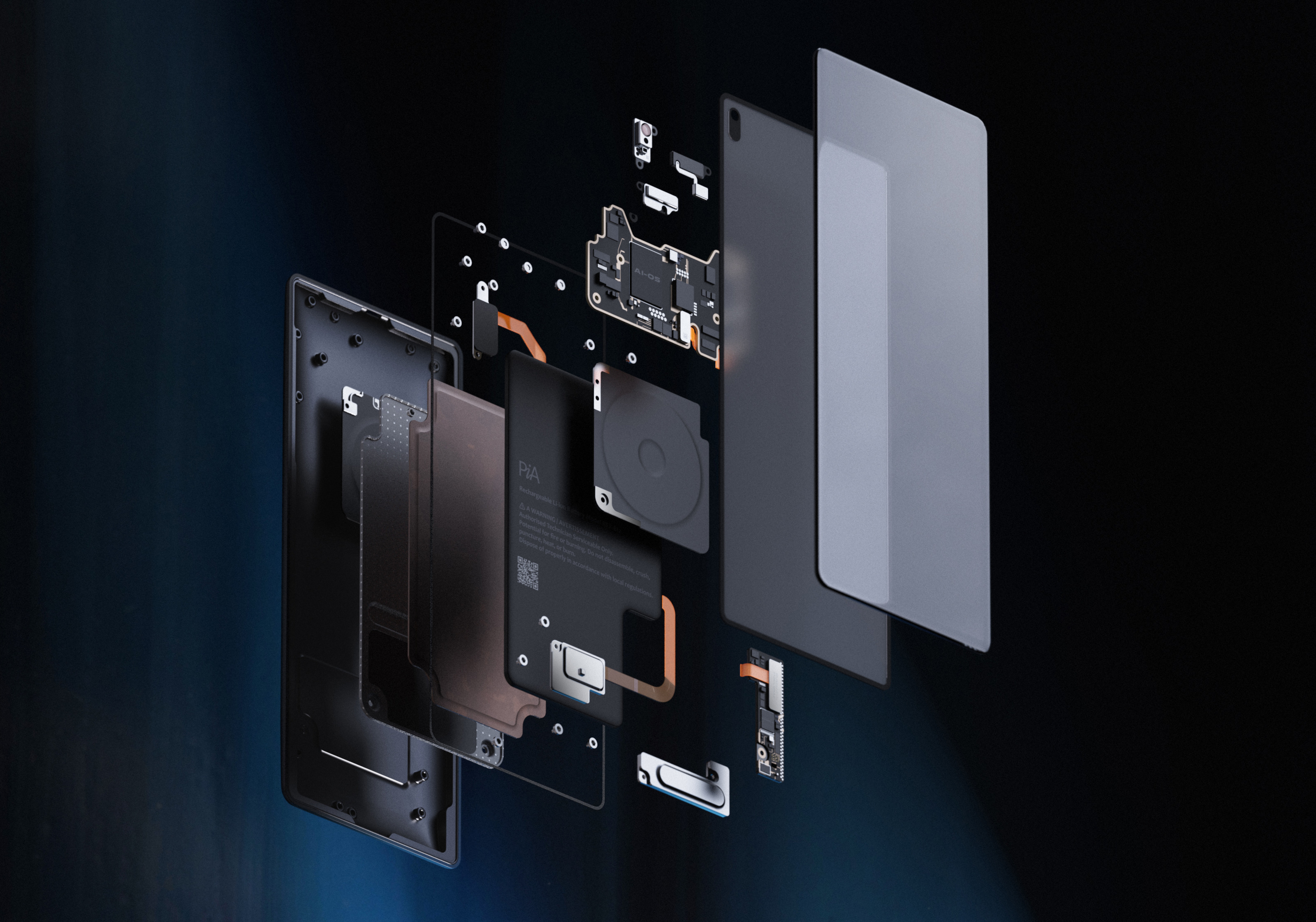
The smartphone has no rear camera module and is ultra-slim as a result
As Layer notes, the shift from ‘AI’ to ‘PiA’ is a small but significant one, moving ‘beyond the conventional to emphasise the personal and intuitive nature of the technology’. As with all the studio’s exploratory work, the design encompasses the hardware, OS and packaging and presentation, all of which is designed to ‘foster a sense of connection to the natural world’ and redefine AI as an emotionally and technologically engaged companion.
Receive our daily digest of inspiration, escapism and design stories from around the world direct to your inbox.
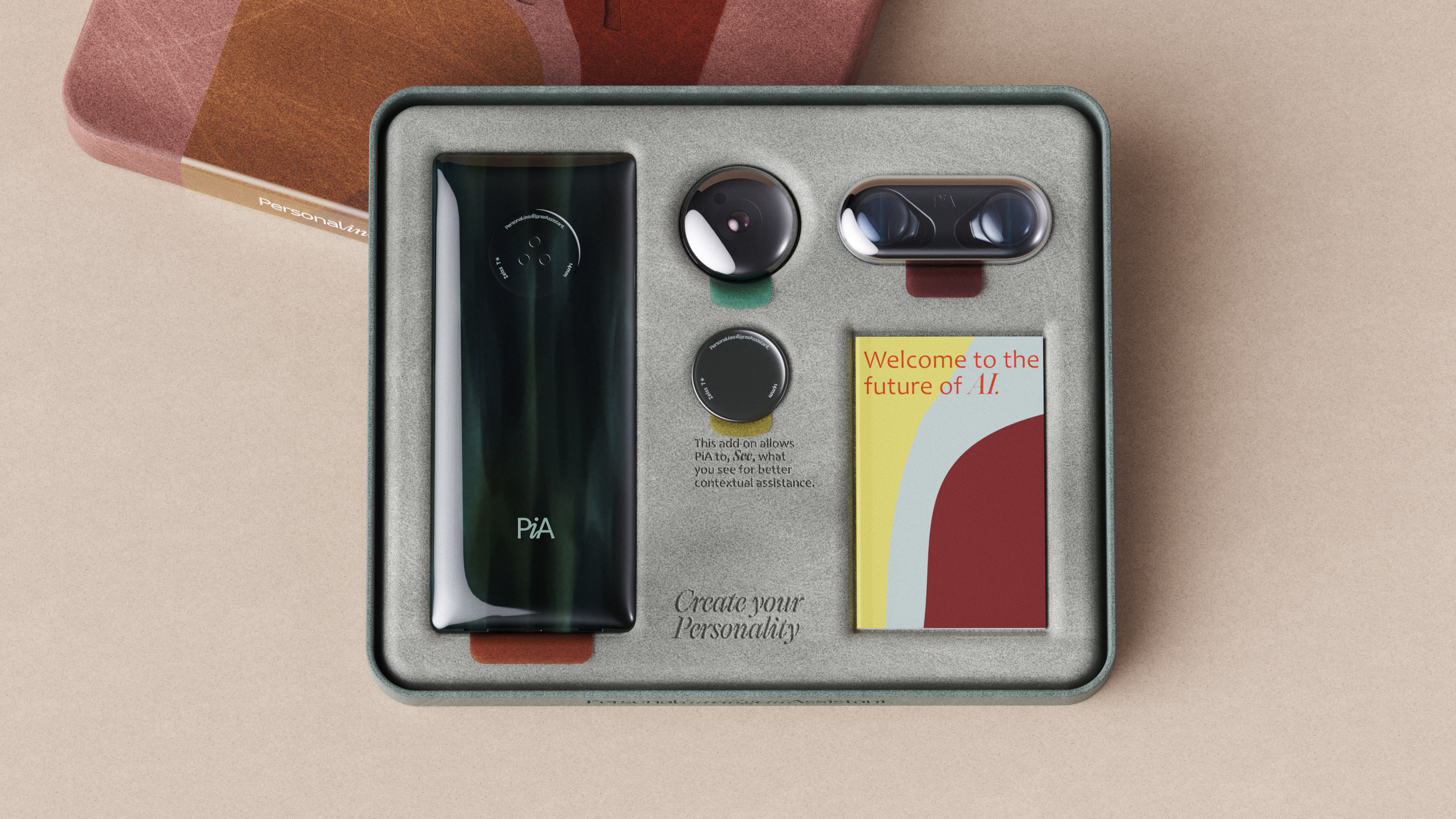
Layer has created the graphic identity, OS, packaging and hardware of the PiA
LayerDesign.com, @Layer_Design, CompFab.co.uk
Jonathan Bell has written for Wallpaper* magazine since 1999, covering everything from architecture and transport design to books, tech and graphic design. He is now the magazine’s Transport and Technology Editor. Jonathan has written and edited 15 books, including Concept Car Design, 21st Century House, and The New Modern House. He is also the host of Wallpaper’s first podcast.
-
 French bistro restaurant Maset channels the ease of the Mediterranean in London
French bistro restaurant Maset channels the ease of the Mediterranean in LondonThis Marylebone restaurant is shaped by the coastal flavours, materials and rhythms of southern France
-
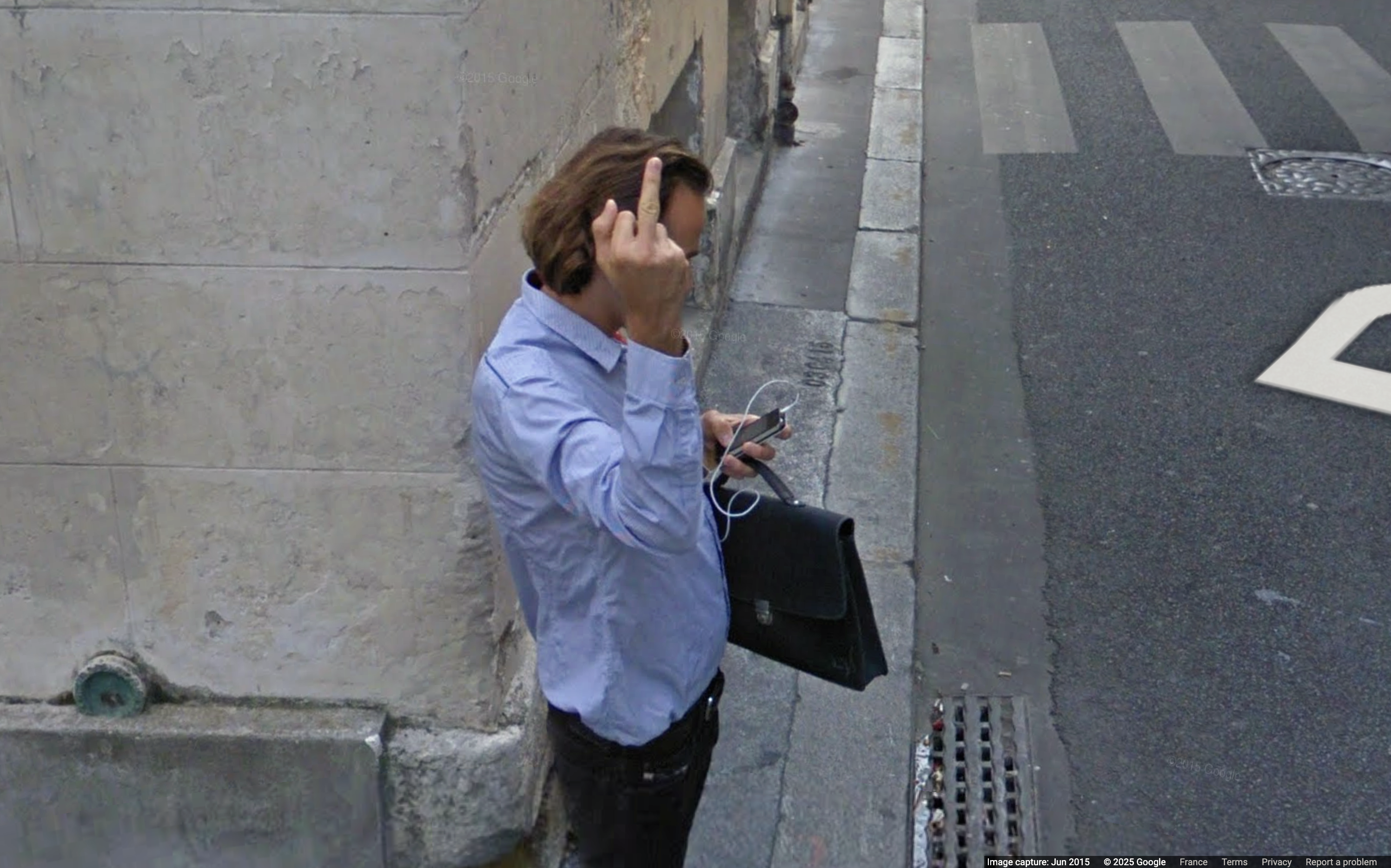 How ethical is Google Street View, asks Jon Rafman in Copenhagen
How ethical is Google Street View, asks Jon Rafman in CopenhagenIn 'Report a Concern - the Nine Eyes Archives' at Louisiana Museum of Art, Copenhagen, Jon Rafman considers technology's existential implications
-
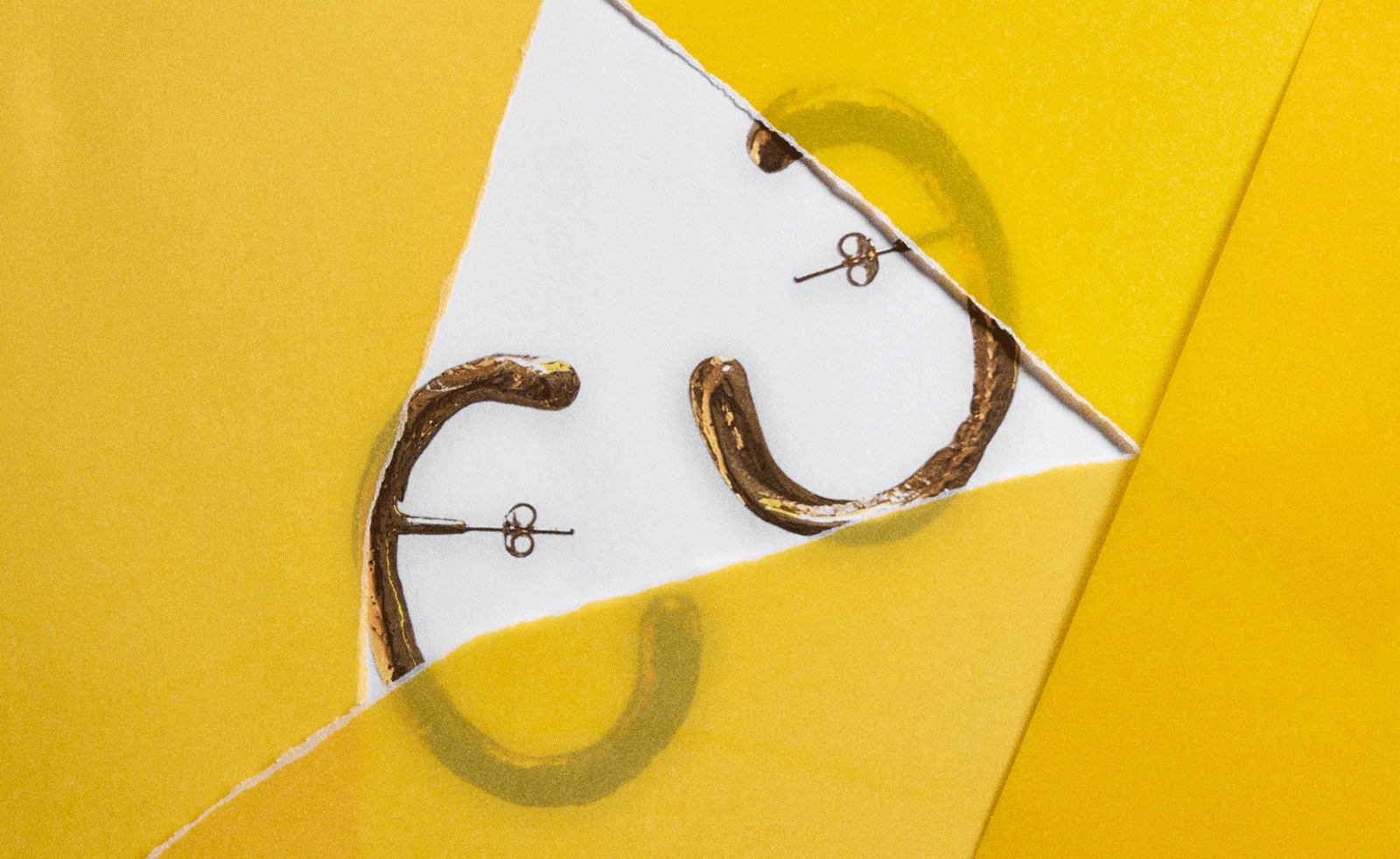 Next-generation jeweller Rosalie Carlier is one to watch
Next-generation jeweller Rosalie Carlier is one to watchThe young jewellery designer creates sensuous but bold pieces intended to ‘evoke emotion in the wearer’
-
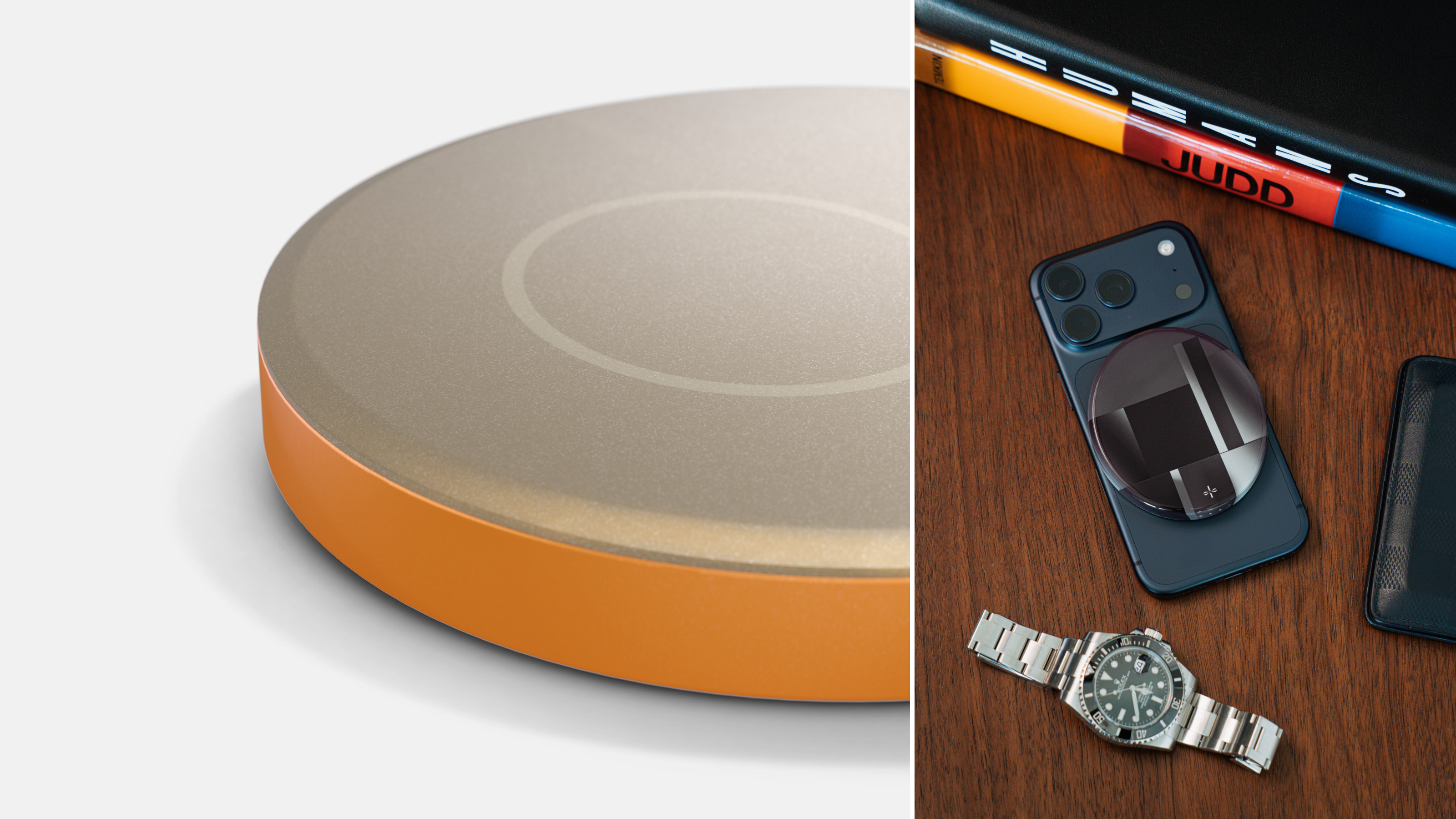 Inspired by a pebble, the stylish new Alma charger provides pocketable convenience
Inspired by a pebble, the stylish new Alma charger provides pocketable convenienceWhat if technology could quietly allay anxiety and not cause it? That’s the pitch behind new luxury accessories company Addition, starting with its new Alma wireless charger
-
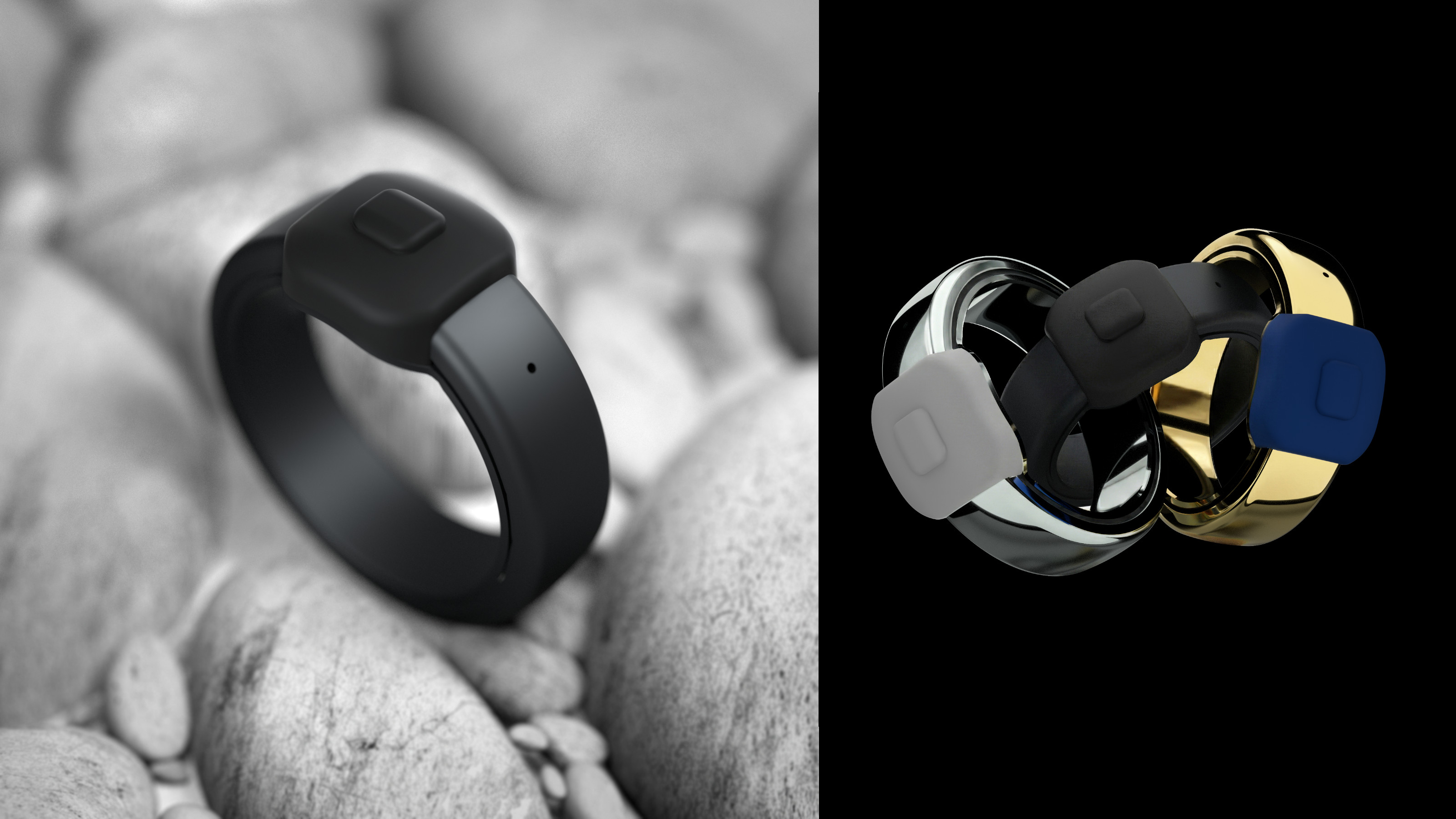 The ring’s the thing as Pebble launches a discreet device for memo-taking, Index Ring 01
The ring’s the thing as Pebble launches a discreet device for memo-taking, Index Ring 01A tiny device with a singular purpose but limitless applications, the Pebble Index 01 is a customisable smart ring for turning mental notes into text
-
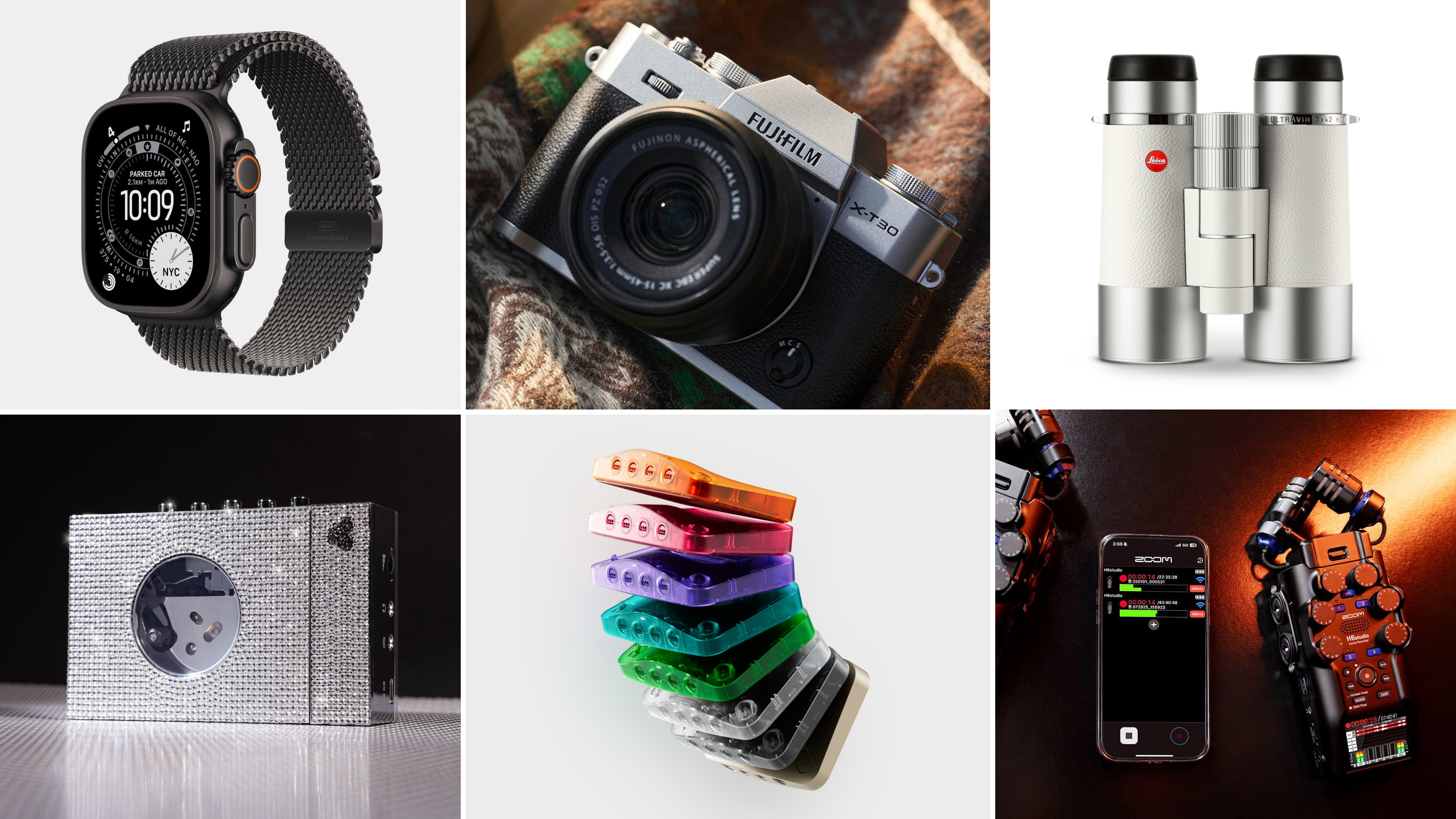 Tech gift ideas: Wallpaper’s Jonathan Bell lists 12 devices to desire this festive season
Tech gift ideas: Wallpaper’s Jonathan Bell lists 12 devices to desire this festive seasonTechnology editor Jonathan Bell delves into the best new releases and most giftable gadgets from 2025, offering up personal favourites as well as a few big hints
-
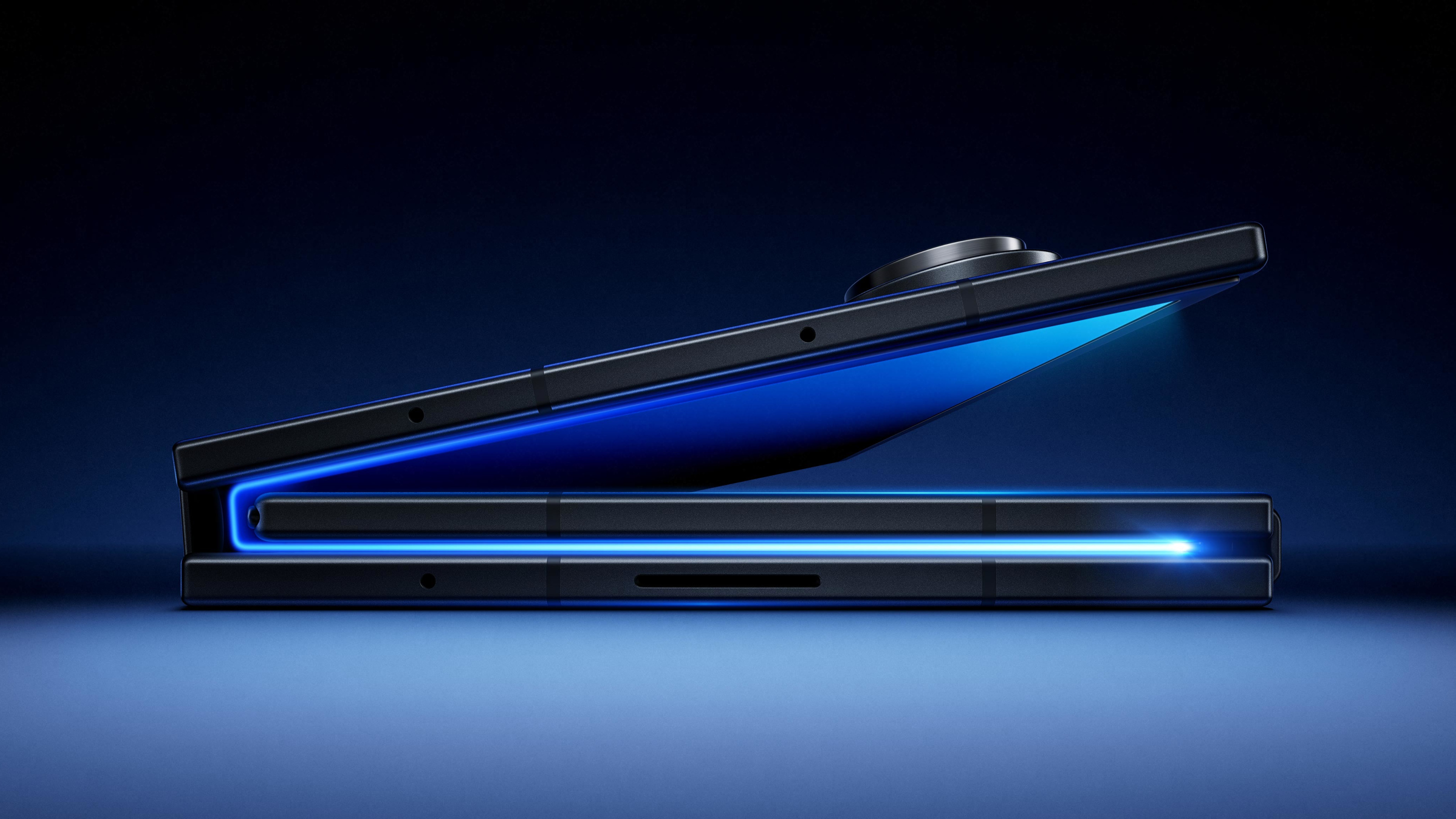 Samsung Galaxy Z TriFold is a pocket tablet that takes folding screens to new extremes
Samsung Galaxy Z TriFold is a pocket tablet that takes folding screens to new extremesSamsung has announced its newest flagship device, the Galaxy Z TriFold. Featuring three folding screens, this ultimate smartphone can transform into a ten-inch tablet
-
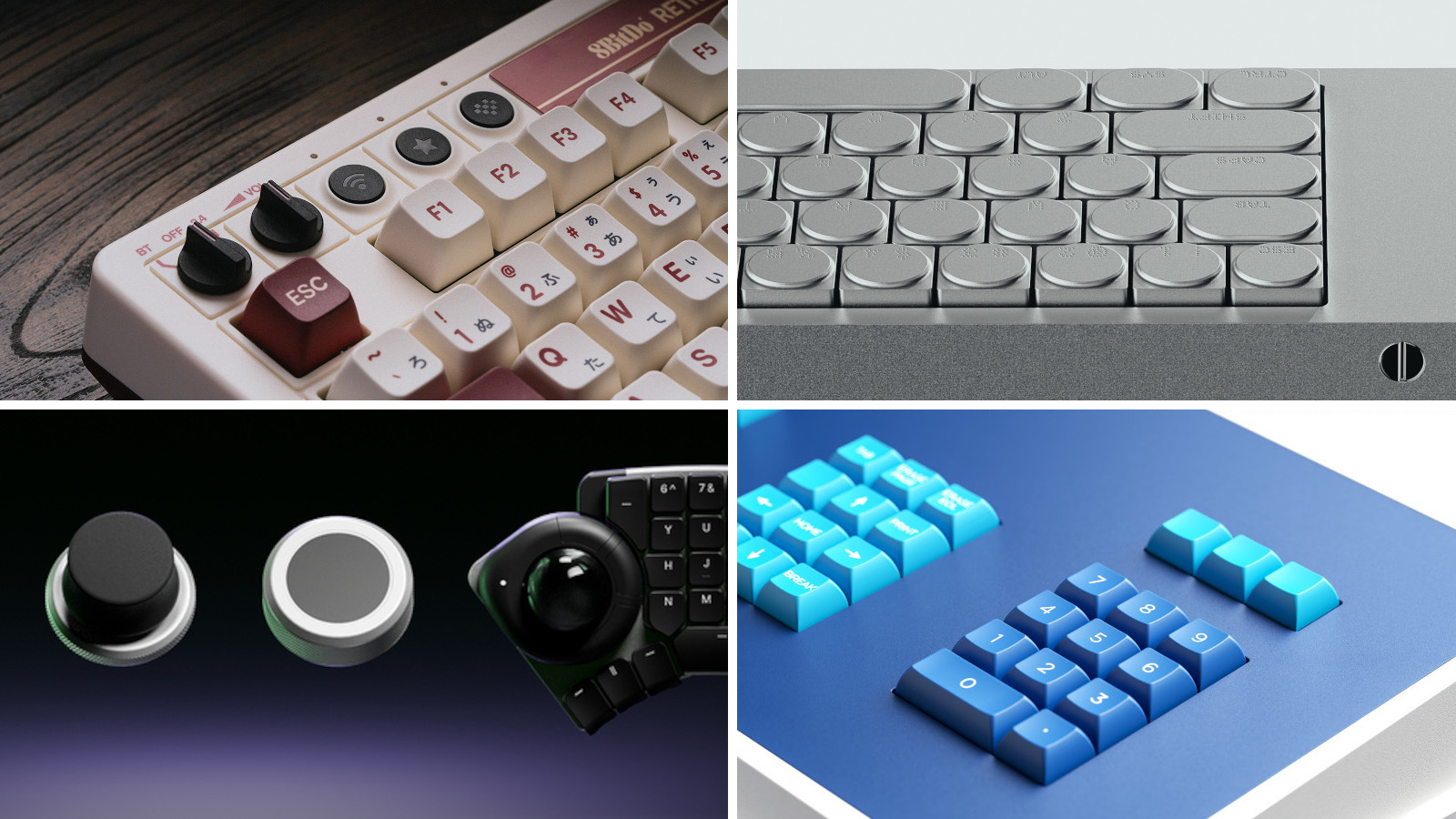 Four new keyboards are fresh and functional desktop companions
Four new keyboards are fresh and functional desktop companionsMechanical keyboards are all the rage, bringing with them new ways of personalising your desktop. We’ve found four devices that hark back to the early days of computing
-
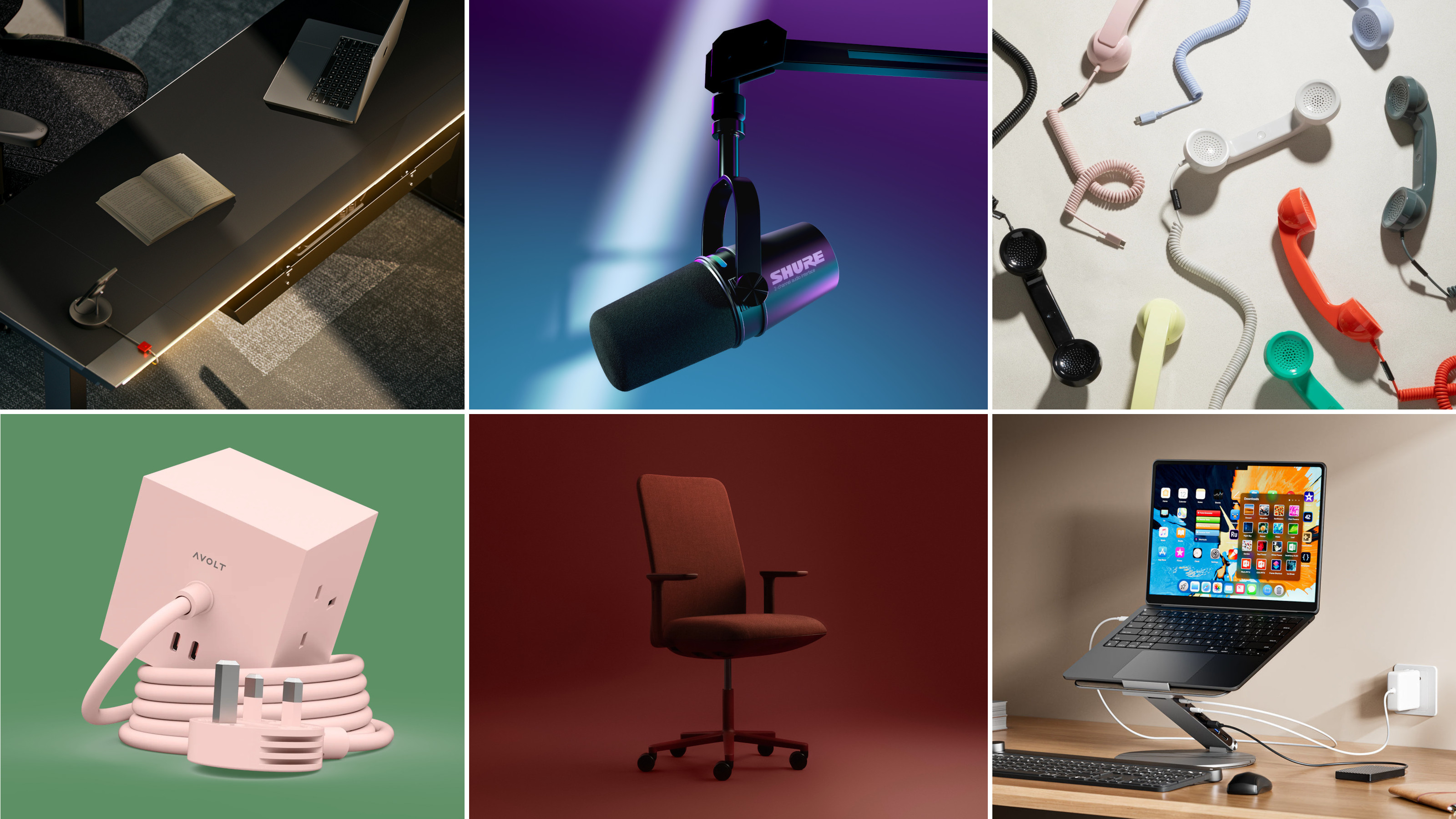 Hunker down in a perfectly equipped work-from-home hub this winter
Hunker down in a perfectly equipped work-from-home hub this winterIf your WFH set-up needs an upgrade, or if you need to kit out a new small business from scratch, we’ve got you covered
-
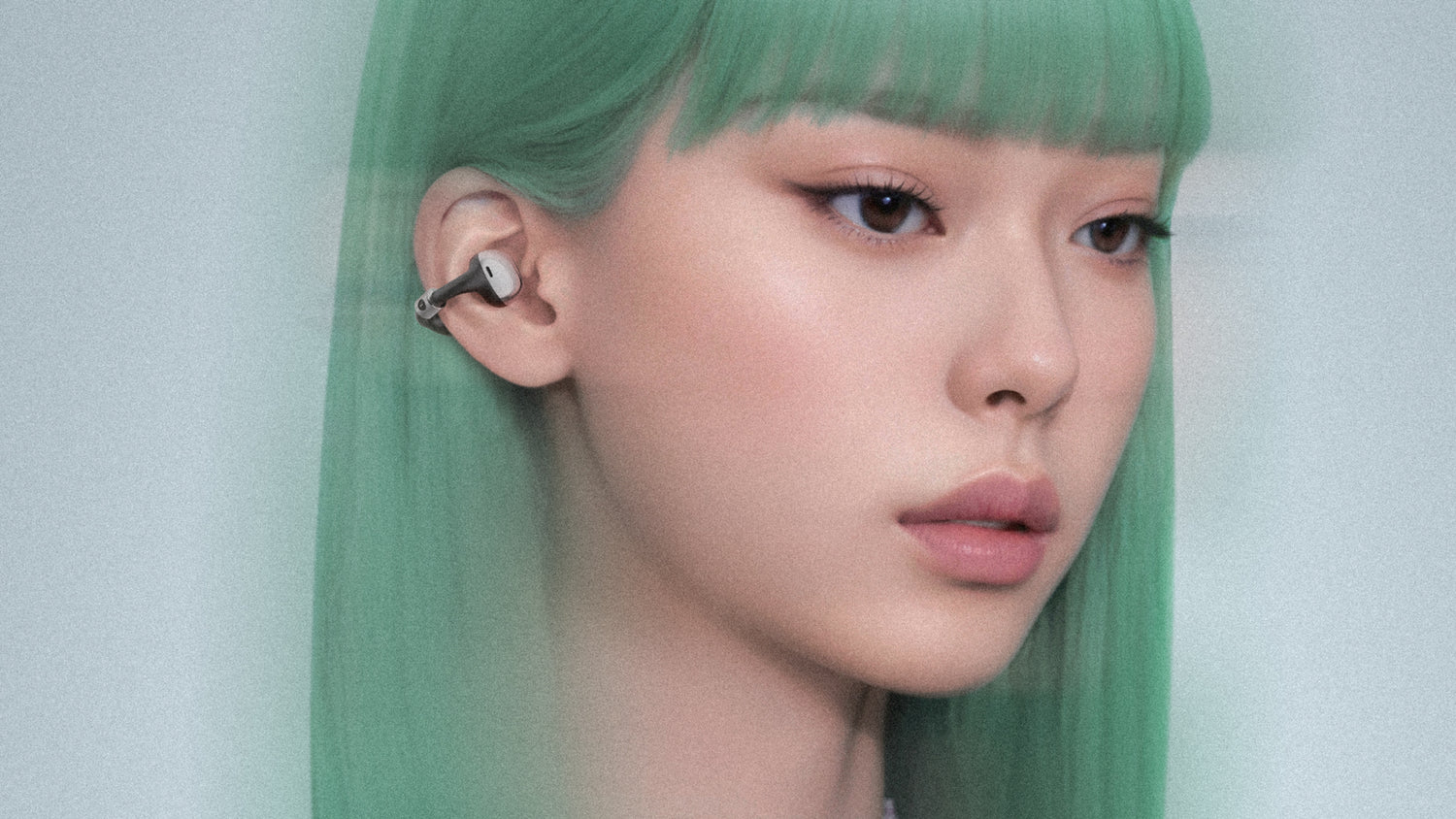 From smart glasses to ‘empathy’ machines: what AI gadgets get right (and very wrong)
From smart glasses to ‘empathy’ machines: what AI gadgets get right (and very wrong)From furry friends to smart glasses, we test the latest AI gadgets promising to enhance your life
-
 New Leica Q3 Monochrom camera sees the world in black and white
New Leica Q3 Monochrom camera sees the world in black and whiteDefined by its crisp 60MP monochrome sensor, the Leica Q3 Monochrom is a camera designed for those who want to focus only on light, shadow and form